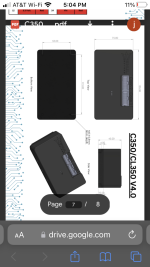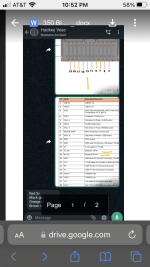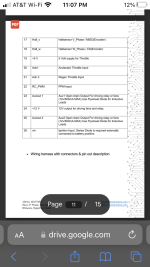The biggest con to every VESC, when used in bikes, is lack of direct PAS support and the various ecosystem around such a feature. Your best bet is to still use a CycleAnalyst, feed your signals (throttle, pas, brakes, etc) into the that, and run the CA throttle to the VESC. You'll get a full, graceful biking experience, but with a higher powered controller that way. The further dilemma is that, unless you need a higher powered setup like the 3shul etc can provide, it's still much easier and cleaner to do all that with a Grin *Runner controller, which is where I usually end up back at.
However, if you're doing something like a bomber build where the pedals are, let's be honest, performative, then you can skip all that and use a VESC to great effect.






